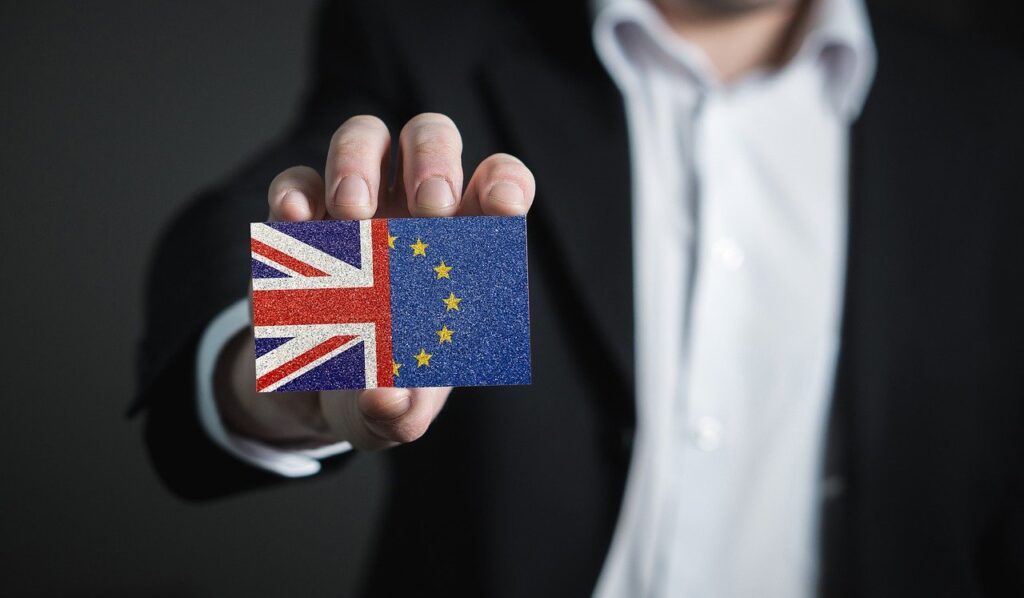How Has Brexit Impacted UK Businesses?

Brexit, or the UK’s formal withdrawal from the European Union, has been a divisive issue ever since it was put to a national vote in 2016. After Vote Leave’s narrow victory, the withdrawal process began proper – met with widespread protest centred on the potential economic and cultural damage the agreement would cause.
The withdrawal agreement came into effect formally on the 1st February 2020, with negotiations having drawn out across nine months of extensions and delays – after which, the true economic cost of the poorly-designed withdrawal package has slowly but surely been revealed. As the UK teeters on the precipice of recession, with the pound at its lowest value in decades, how did we get here – and how have businesses in particular been impacted?
Withdrawal, and Barriers to Trade
In withdrawing from the EU, the UK lost a key seat at the negotiating table regarding the design and implementation of EU law. But the agreement did not stop with leaving the EU; the agreement did not see the UK apply to remain in the single market, a trading zone incorporating the EU and four non-EU nations that enables the free movement of goods, services and people.
This decision was a political one, as right-wing parties and organisations fought for Brexit on the principle of reducing immigration as much as seeking independent prosperity. A concession to remain in the single market meant keeping doors open to migrants – even if migrant workers formed an essential part of the UK’s economy, particularly in agriculture and medicine.
The addition of red tape to trade, as a result of trading from outside the single market, has drastically increased costs relating to both import and export. In so doing, it has disincentivised international businesses to attempt trade. This has crippled the UK’s economy, and had a real impact on the emergence of the inflation crisis that threatens profit margins and household budgets alike.
Trading With Europe Today
But while Brexit has introduced manifold barriers to trade with Europe, international trade agreements are still possible for businesses with the right infrastructure and approach. The key difficulty arises from dealing with the import and export laws of individual nations, as opposed to enjoying the regulatory freedoms of a united trading bloc.
This essential difficulty means that businesses require in-depth legislative knowledge to properly remain compliant during trade; in order to facilitate a positive and regulatorily sound business relationship with international clients, partners or suppliers, a business might utilise the expertise of a global legal firm to navigate relevant legal requirements.
This is, unavoidably, another cost to add to the balance –further rendering international trade as a less profitable venture than before the withdrawal agreement. However, it also illustrates that there are solutions that enable continued trade with the European continent.
Government Action
With the dire situation laid bare, more pressure is mounting on the government to act. Businesses are floundering as a result of untenable costs from navigating arcane shipping legislation, while exports to Europe are decreasing to the extent that businesses are closing. In-roads are being made with Northern Ireland, which has been a key sticking point for relations with the EU – and after which re-negotiations may be possible.





